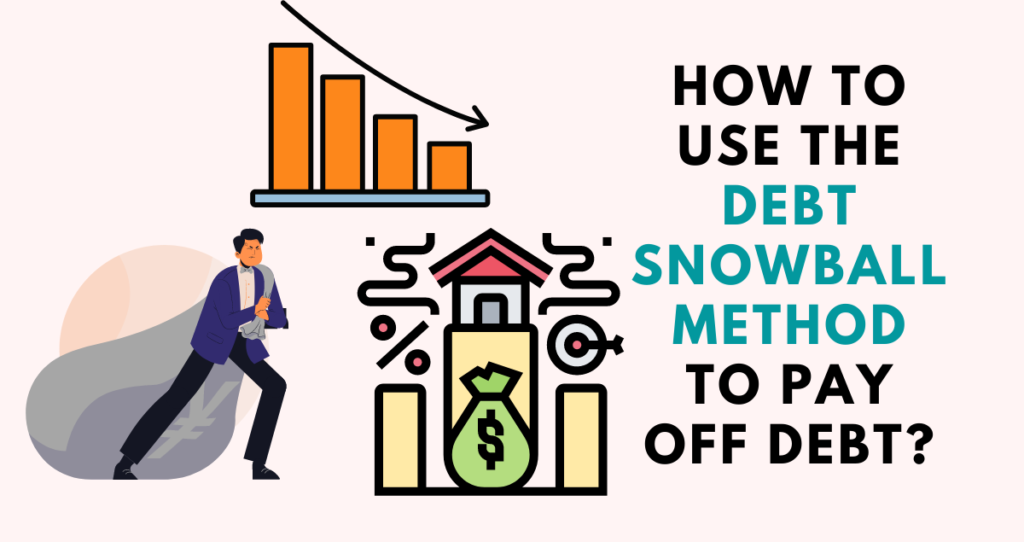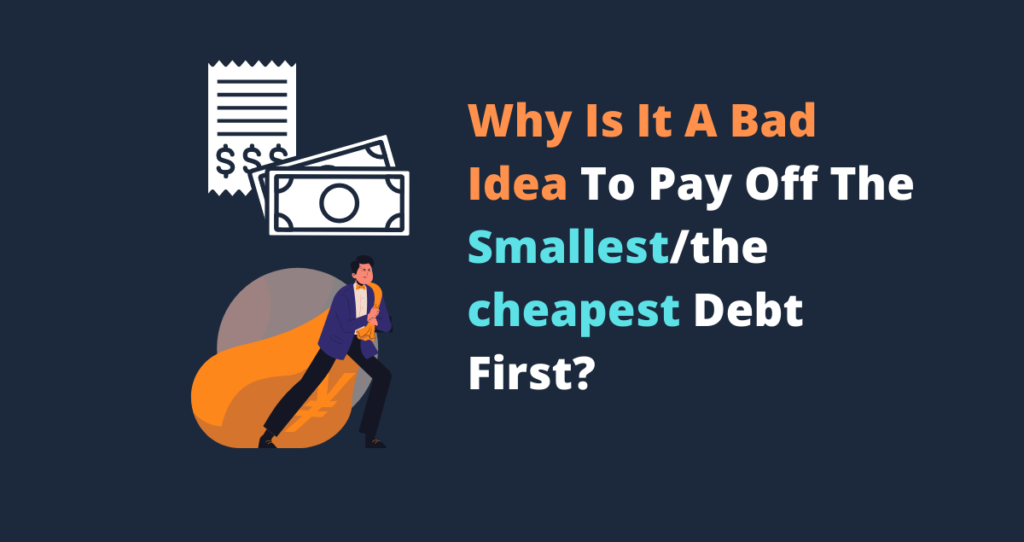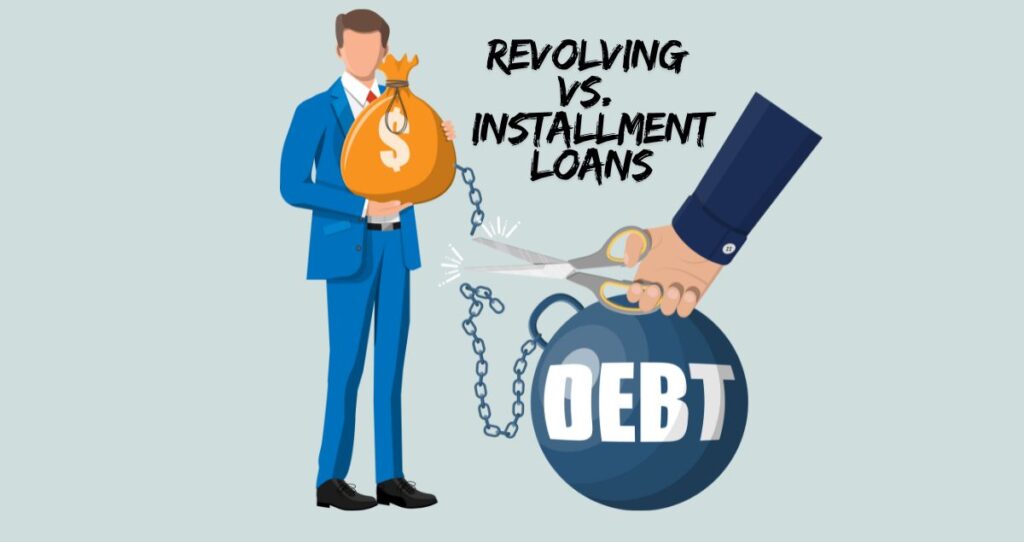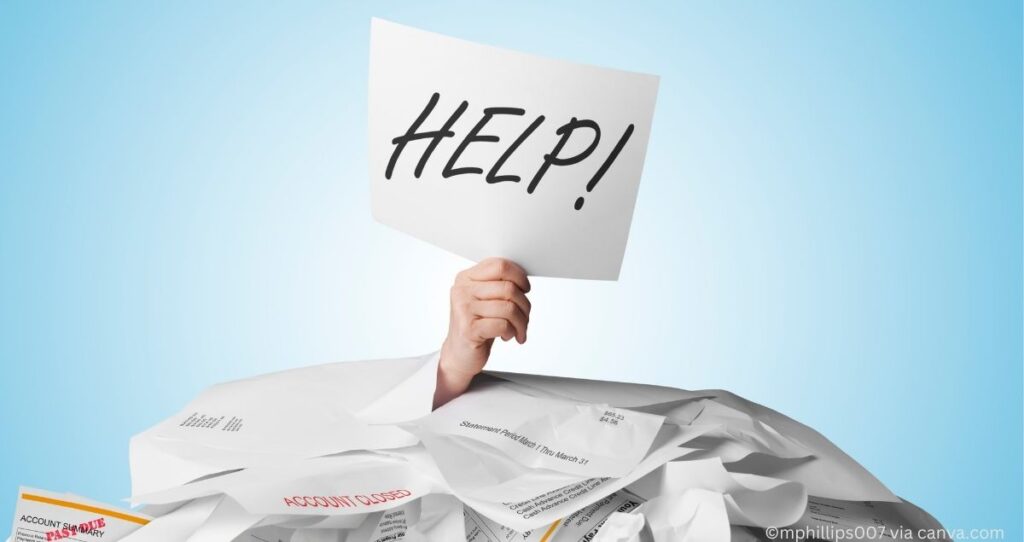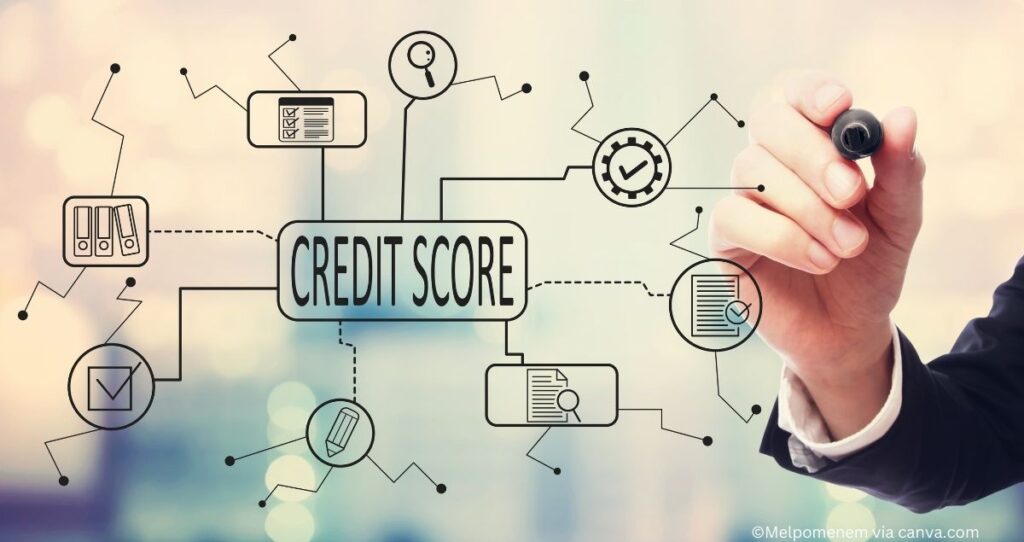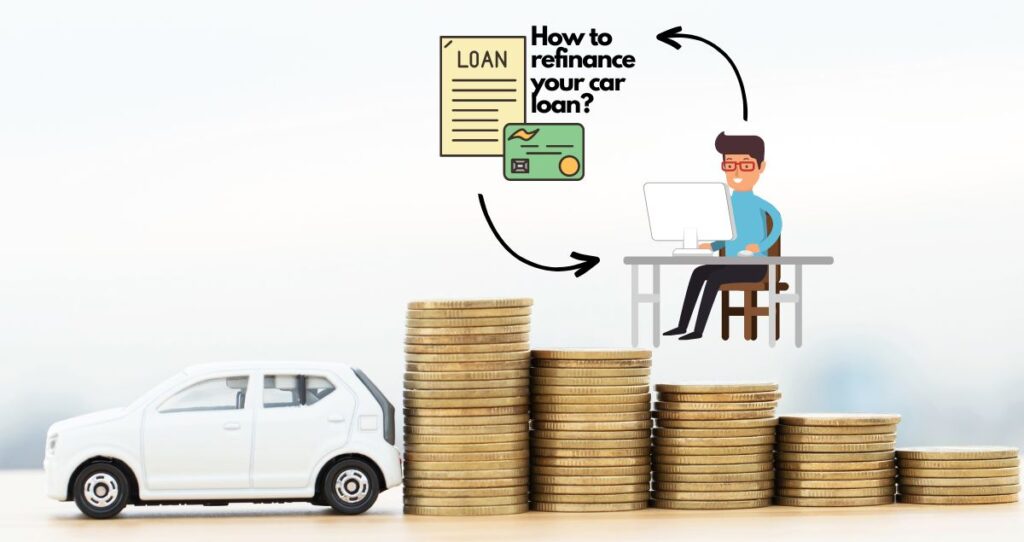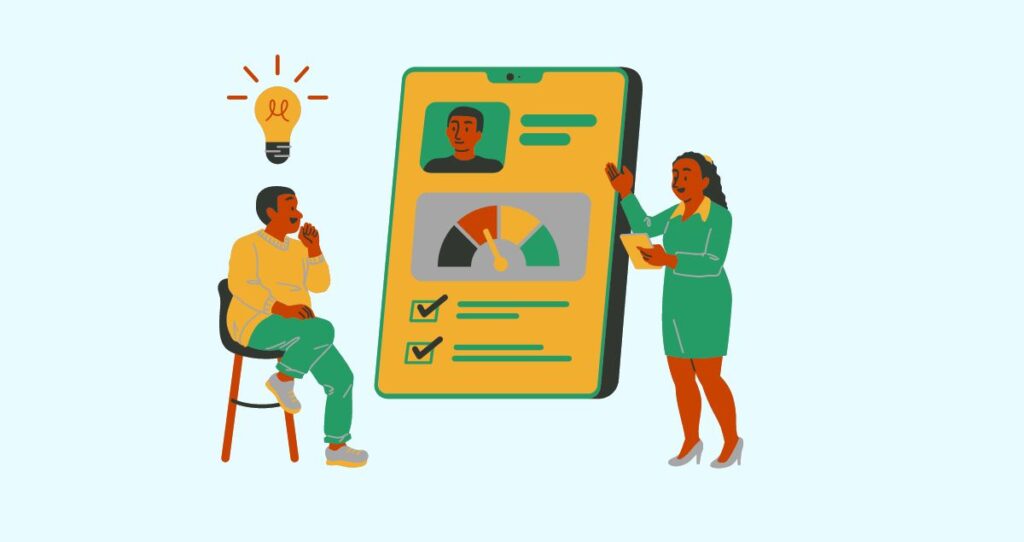The debt snowball method is one of many strategies people use to pay off debts. You probably heard of this strategy but never fully understood what it means or how to apply it. If you are looking for ways to pay off debt, the snowballing method could work for you.
Many people struggle with their debts due to the lack of strategies and inconsistency in their payments. According to Debt.org, the total debt of Americans is currently $14.6 trillion and the average household debt is $90,460.
You can see that you are not alone in this financial fight.
I used to struggle with my own debt until I learned the debt snowball method. I started with this strategy and over time, my debt was gone. It took me a little longer but there was no stress to my finances compared to how bad it could have been if I did not take action.
This article will give you details on the debt snowball method and how to properly apply it to pay off your debts.
What is debt snowball method?
The debt snowball method is a debt payment strategy where you concentrate your efforts on the smallest debt first while meeting minimum requirements on other debts. After the smallest debt is gone, you move to the next smallest debt.
The debt snowball method allows you to pay off your debt one step at a time starting with the smallest.
Paying off debt can be tricky and intimidating especially for those with small incomes. If you have accumulated a lot of debt, it will most likely be impossible to tackle all your debts at once.
There is a limit to how much your income can cover at any given time. Due to this reason, you must have a debt payment strategy to make sure that you stay on top of the game.
One good debt payment strategy you can use is the debt snowball method. It is easy and straightforward to follow and apply. With the right strategy, your debt can vanish in a matter of months and the debt snowball is most likely what you need.
How does debt snowball works?
The purpose of the debt snowball method is to help you pay off your debt starting from the smallest debt first. Since you cannot eliminate all your debts at once, it is good to focus on one debt and move to the next one once the first one is done.
The debt snowball is one of those strategies that allow you to only focus on the smallest debt while meeting the minimum requirements on other debts.
Once the smallest debt is gone, you shift your focus to the next small debt. You continue paying off your debts in this order until you reach the biggest debt.
NOTE: The debt snowball method does not apply to all debts. One debt where the snowball method does not apply is the mortgage. This is because the mortgage is usually too large and has a fixed amount you pay based on its terms and conditions. In addition, most lenders will apply prepayment penalties whenever you pay more than the acceptable amount in any given payment period.
Example of debt snowball method
Most people have more than one debt depending on the financial decisions they made in their lives. Common debts that many people include but are not limited to:
- Mortgages
- Student loans
- Car loans
- Personal loans
- Credit card debts.
How can one person end up with all these debts?
You could go to school with student loans. But since you never worked in school, you will most likely graduate without money. This will force you to buy your first car with car loans. You will then hear people telling you that the money you pay on rent is wasted. So, you will get a mortgage. Five months later, you will realize that your income is not enough to cover all your expenses. To cover the gap, you will get credit cards to fund your daily expenses. That is how people get into debt.
Let’s assume that you have the following debts.
- Student loans: $50,000
- Credit card debts: $5,000
- Car loans: $20,000
- Mortgage: $300,000
- Personal loans: $25,000
Now, let’s see how you can use the snowball method to pay off these debts
The strategy to pay off these debts using the snowball method is simple and we are going to use the following steps. If you look closely, you can see that I included a mortgage. But, the snowballing method cannot apply to the mortgage due to the reasons I described earlier.
Step 1: Organize your debts in ascending order
$5,000, $20,000, $25,000, $50,000, $300,000 (we will not use the mortgage in our strategy)
Step 2: Decide which debt to pay off first (the smallest debt). In this case, the smallest debt is credit card debt which is $5,000.
Step 3: Pay minimum payments required on other debts (personal loans, student loans, and car loans) and allocate the rest of your money toward credit card debts.
Step 4: Once the credit card debts are gone, you will then move to the next smallest debt ($20,000 of car loans). In this case, you will put all your money toward car loans and meet the minimum requirements for personal loans and student loans. After paying off car loans, move to step 5.
Step 5: Focus on the next smaller debt which is $25,000 of personal loans. At the same time pay the minimum requirements on other debts. Last, you will pay put all your money on student loans while meeting the terms of your mortgage.
NOTE: Keep in mind that your mortgage payments should not be minimized to allocate more funds to smaller debts. The debt snowball method cannot be applied to mortgage payments. For this reason, make sure that your mortgage monthly payments are secured before allocating more funds toward other debts.
What are the benefits of debt snowball method?
The debt snowball method is a great strategy to help you tackle your debts. This strategy is easy to understand, easy to apply and more importantly, you see fast results. This is because you can knock a small debt off the list of your debts by paying them off fast. This increases your motivation, and hence, helps you stay on the course to paying off your debt without giving up.
Pros of debt snowball method:
- The method yields fast results
- You reduce the number of your debts faster
- You get motivated as you pay off your debts
- This method is easy to understand and apply
- It is good for those who lack the drive to pay off debt
- Works better for those with small incomes
What are the cons of debt snowballing?
Just like any debt payment method, there will always be a price to pay. By paying off only the minimum payment on larger debts, you end up with higher interest charges. At the same time, it takes longer to pay off your debts. In the end, a debt-free lifestyle seems like a dream to you.
Cons of debt snowball method
- The debt will cost you more money in interest charges due to making only minimum requirements
- It will take longer to become debt free as you are delaying to tackle large debts
- Your debt can prove impossible to pay off if larger debts have a compound interest
Should you use the debt snowball method to pay off your debt?
“A work in progress is better than no work at all.”-Annonymous
The debt snowball method is probably not the best method you can use to pay off your debts. Its financial consequences could easily outweigh its benefits.
However, it is always a good idea to have a plan no matter how bad it is. This is because success is about making improvements and necessary adjustments as you work on your plan.
If for example, you are not good at paying off your debts, or you are overwhelmed by how many debts you have; getting rid of some of those debts faster could be your motivation to continue.
We all have our differences and if having less number of debts motivates you, then use this method. As long as you are doing something toward your debt-free lifestyle, you are making progress. There is always room for improvements and those improvements can sometimes come later.
If you want a more aggressive debt payment strategy, debt snowball will not be your first choice. There are other debt payment strategies that can prove more effective such as the debt avalanche method.
